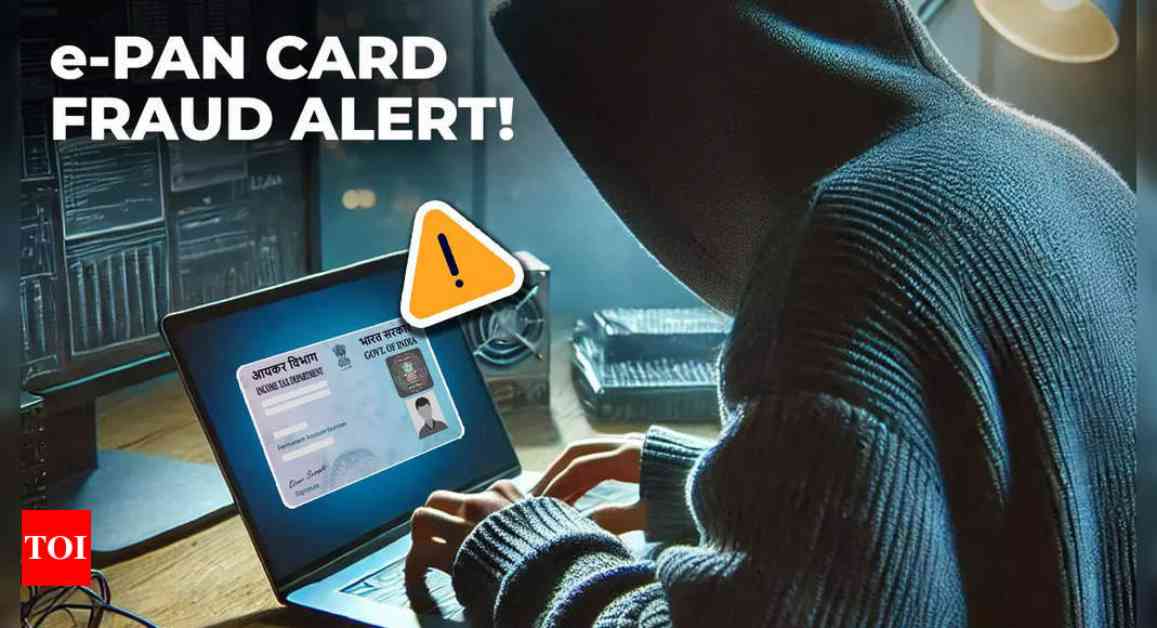Scammers are taking advantage of the excitement around the government’s new PAN 2.0 initiative by sending out fake emails to deceive individuals. The PIB Fact Check has flagged this concerning trend, warning people to be wary of any emails claiming to help them download their e-PAN cards. These fraudulent emails are designed to trick unsuspecting recipients into sharing sensitive information, so it’s crucial to stay vigilant and avoid falling victim to such scams.
What is PAN 2.0?
The Income Tax Department is rolling out PAN 2.0, a revamped version of PAN Cards that features an enhanced QR code system for added security. While current PAN cardholders are not required to switch to the new format, upgrading offers various benefits and safeguards against fraudulent activities. It’s essential to familiarize yourself with these changes to protect your personal information and financial assets.
Protecting Yourself and Reporting Fraudsters:
Always remember that the Income Tax Department never asks for sensitive information via email. They will never request your PIN numbers, passwords, or any confidential details related to your credit cards, bank accounts, or other financial accounts through email communication. Be cautious of any messages that prompt you to disclose such information and refrain from engaging with them.
Phishing Warning:
Phishing is a deceptive tactic used by scammers to acquire sensitive data like usernames, passwords, and credit card details by posing as trustworthy entities in electronic communications. These fraudulent emails often mimic official correspondence from financial institutions, social media platforms, online payment processors, or IT administrators. Stay alert and avoid falling prey to these malicious schemes by following the safety guidelines provided by the Income Tax Department.
Safety Measures and Reporting Procedures:
When dealing with emails purportedly from Income Tax authorities or linking to Income Tax websites, exercise caution and refrain from responding, accessing attachments, or clicking on suspicious links. Install and update protective software on your devices to prevent potential security breaches and malware attacks. In case you encounter any suspicious emails or websites, promptly report them to the designated authorities for further investigation and mitigation.
By staying informed and proactive, you can safeguard yourself against fraudulent activities and contribute to the collective effort in combating online scams. Remember to prioritize your online security and be cautious when interacting with unfamiliar emails or websites to protect your personal information and financial well-being. Stay safe, stay vigilant, and stay protected in the digital realm!























